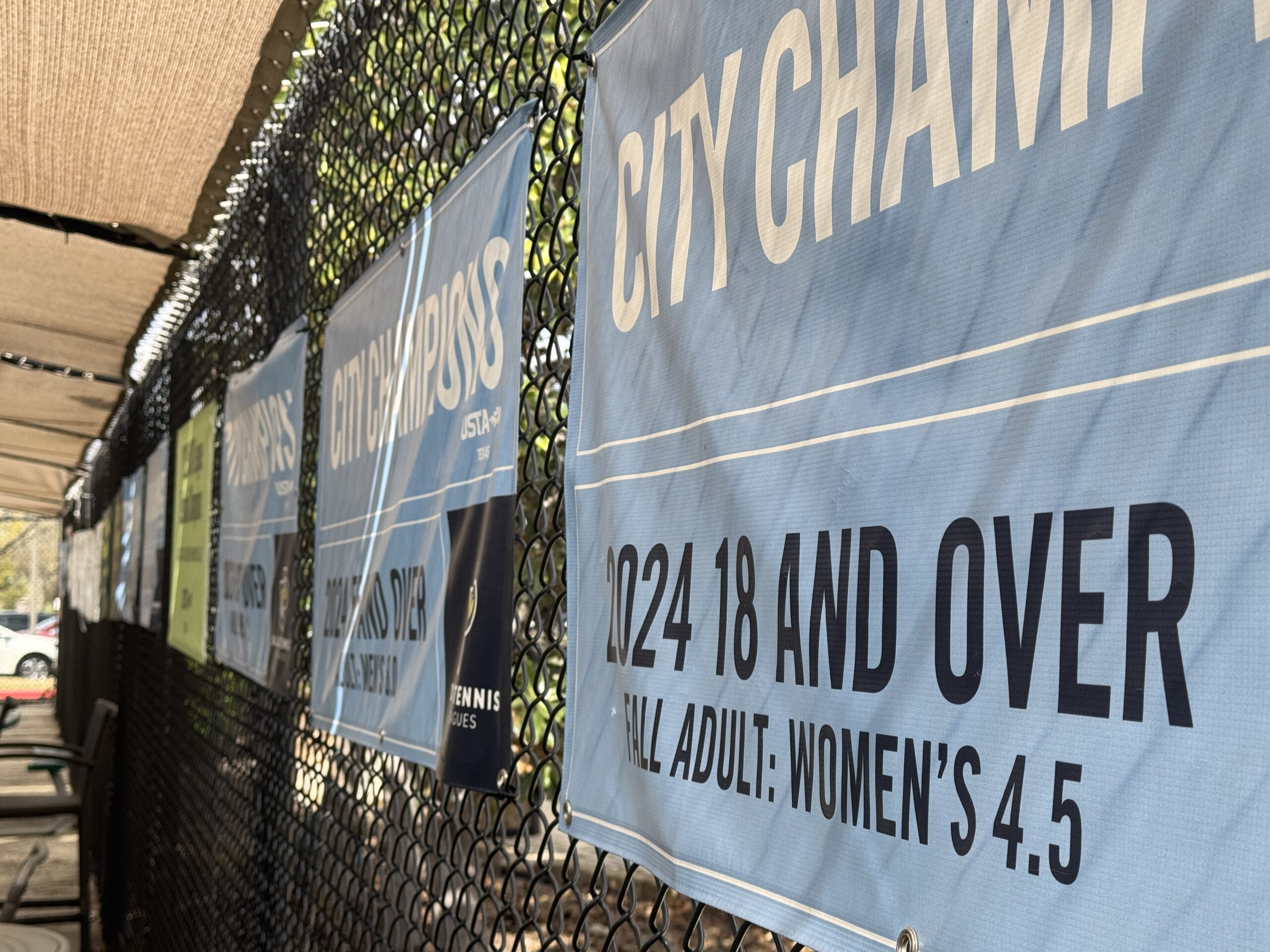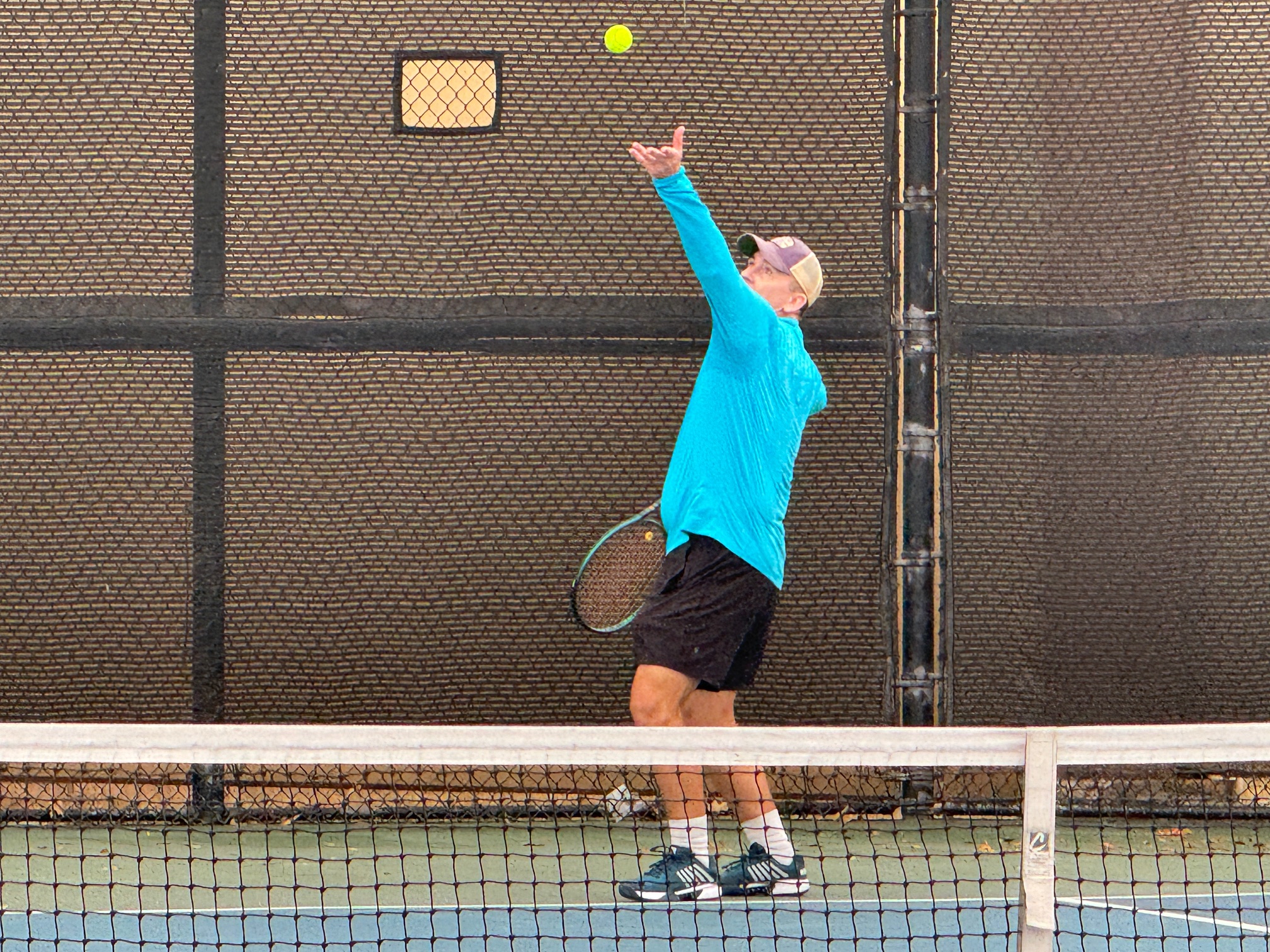Last Wednesday, I wrote about substantive changes to the coaching rules recently released in the 2025 edition of the USTA’s Friend at Court. This week, we are picking up the same thread with the only other “major” change identified in this year’s edition of that rulebook.
In 2019, the Australian Open was the first Grand Slam tournament to implement a 10-point tiebreaker when the score in the final set reached 6-6. In 2022, the other three major tournaments followed suit. It looks like that practice is here to stay. That variation is now officially codified into the ITF Rules of Tennis and thus inherited by the USTA Friend at Court as an approved “alternative procedure and scoring method.”
FINAL SET TIE-BREAK (10 POINTS)
When the score in a match is one set all, or two sets all in a best of five sets match, and six games all in the final set, a ten-point tie-break game may be played to decide the match. The first player/team to win ten points shall win the tie-break and the match provided there is a margin of two points over the opponent(s). If necessary, the tie-break game shall continue until this margin is achieved.
2025 USTA Friend at Court, Appendix VI, Part 5
It should be noted that the “set tiebreaker,” playing a 10-point tiebreaker in lieu of the final set, was already part of the official rules of tennis. For USTA recreational play, the general trend for alternative scoring methods is toward shorter rather than longer formats. Consequently, I do not anticipate ever seeing this alternative format in amateur events in the United States.
The only thing this rule change actually does is officially bring the experimental format into the official fold. It also opens the door to playing superbreakers to culminate deadlocked final sets at other professional tournaments. For example, I could envision it happening at Masters 1000 tour events. Since the Grand Slams already used the 10-point final set tiebreak, the “new” rule simply acknowledges what has already occurred.
With its inclusion in the 2025 edition of the ITF Rules of Tennis—and by extension, the USTA’s Friend at Court—we now have formal recognition of the scoring format that has clearly already taken root at the highest levels of the game. It’s a fun example of how the official rulebook is occasionally a trailing indicator of current practice.
- ITF Rules of Tennis, International Tennis Federation, 2025
- Friend at Court: The Handbook of Tennis Rules and Regulations, USTA, 2025



